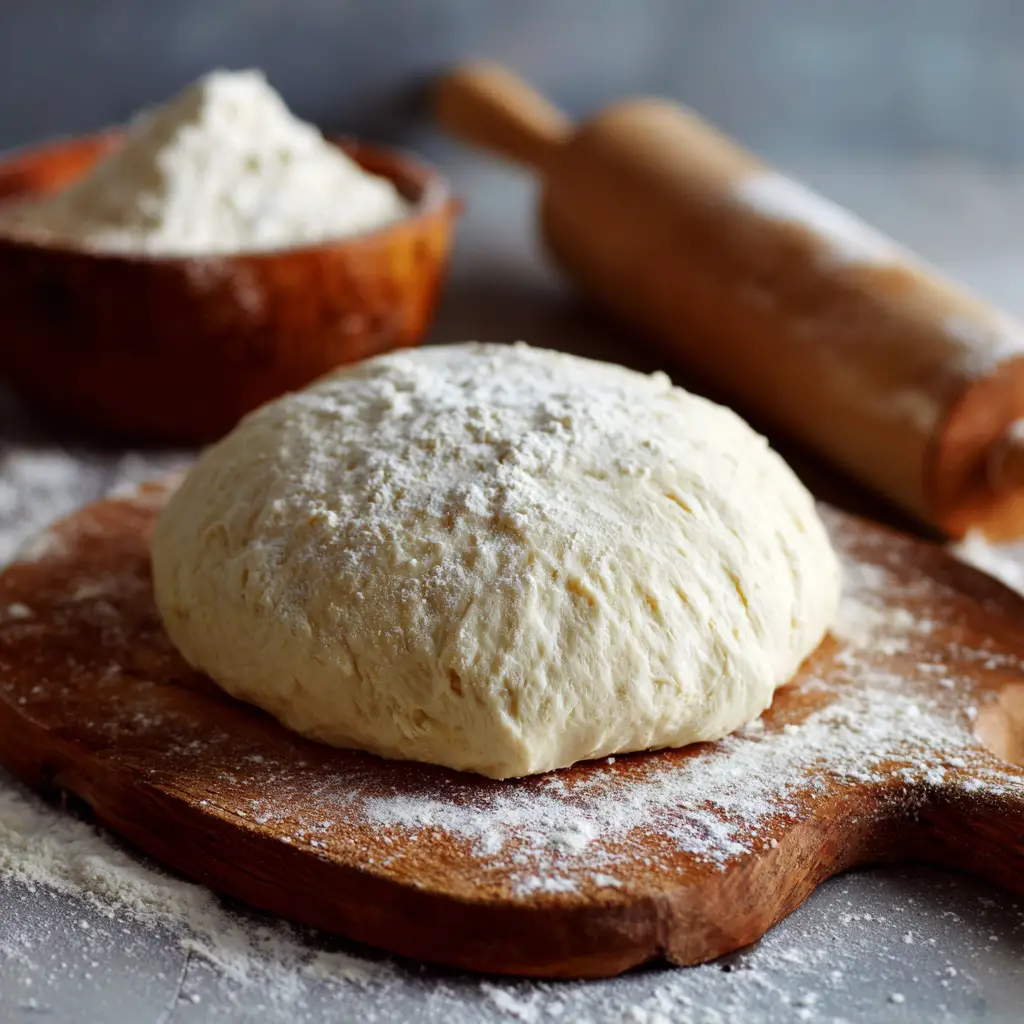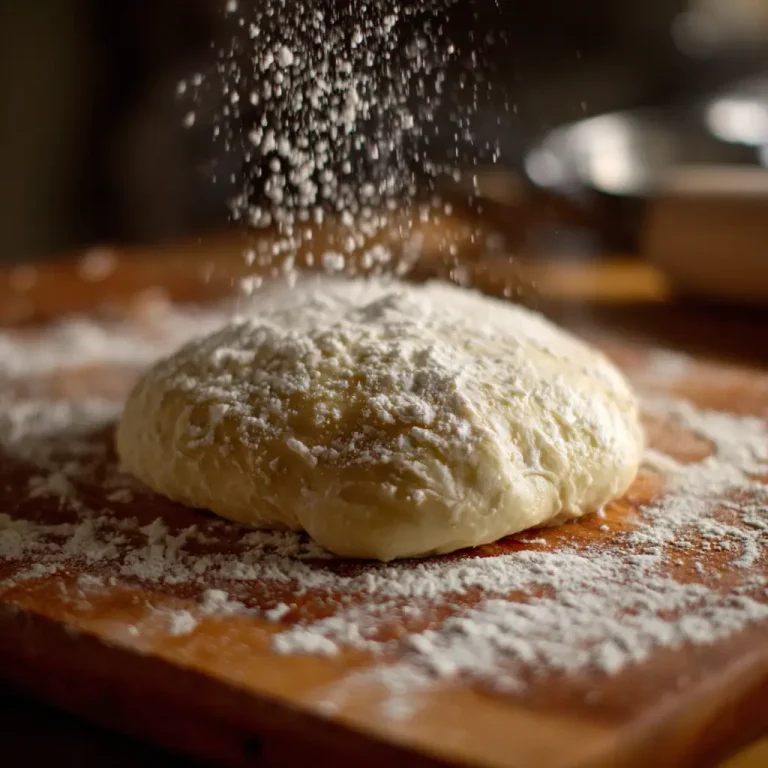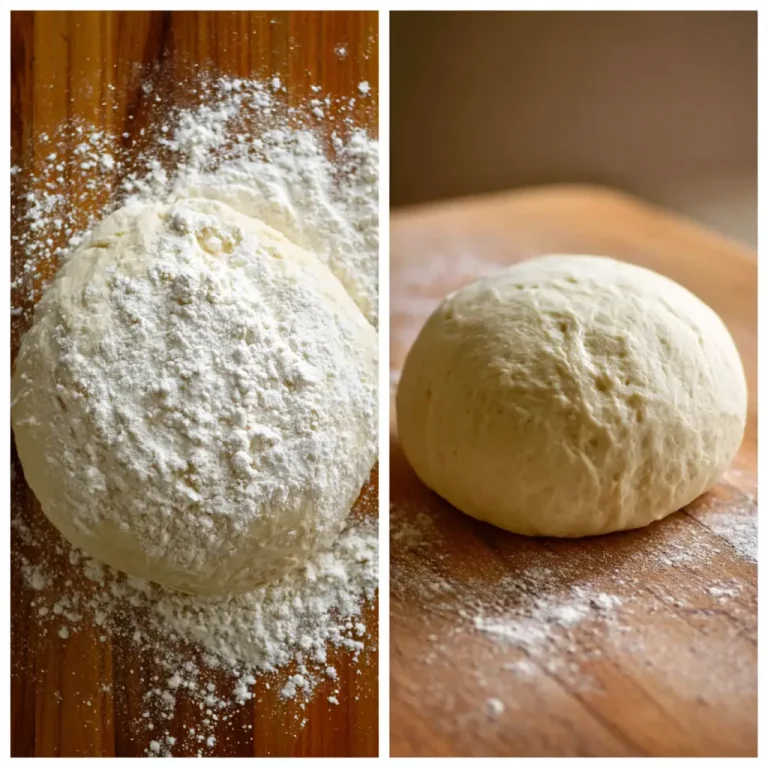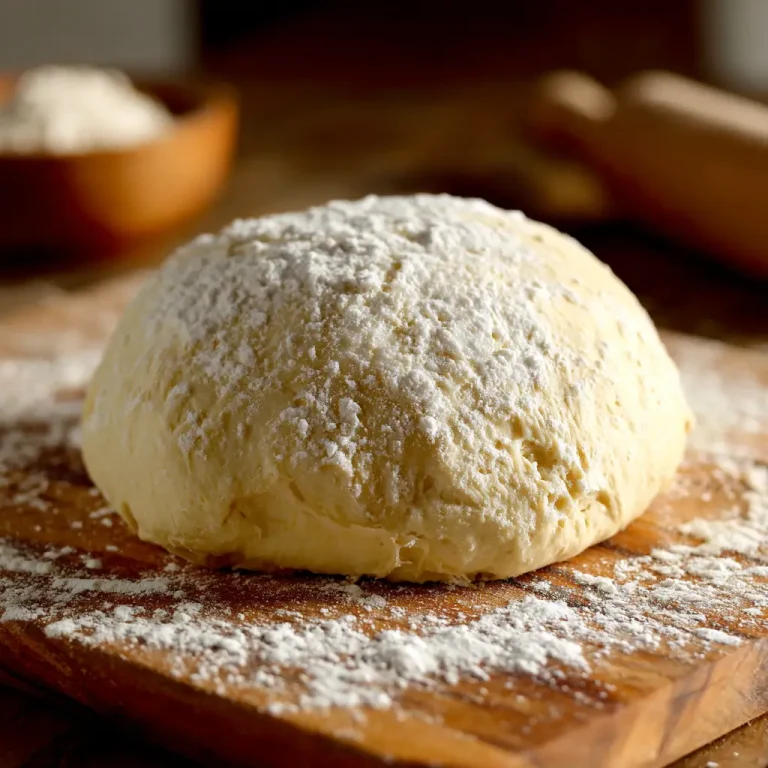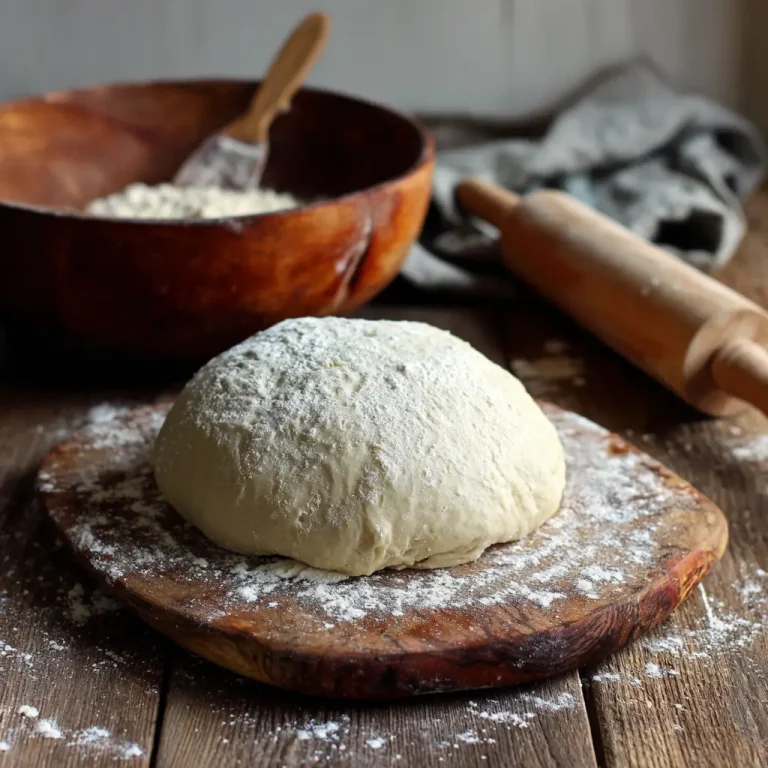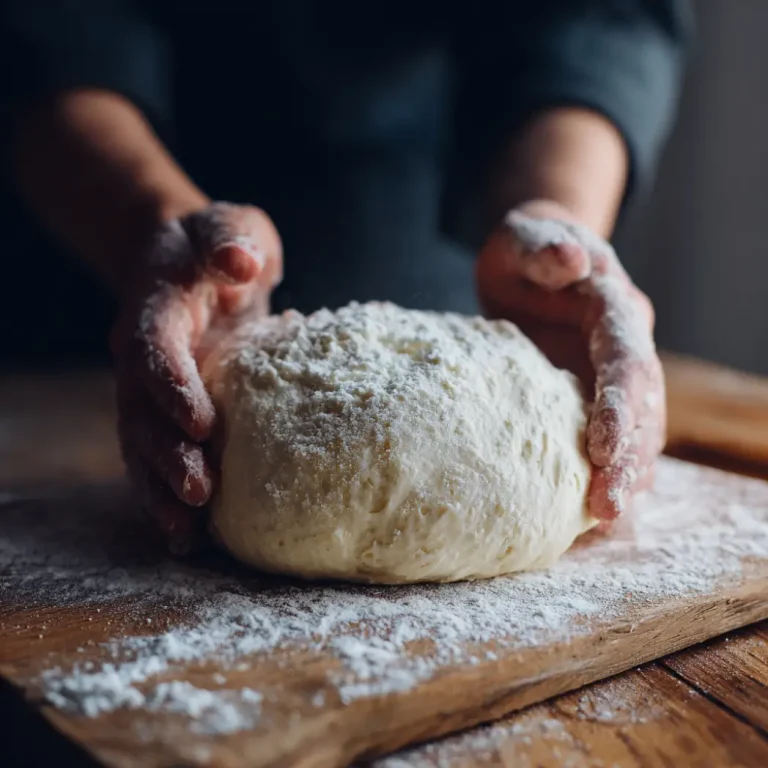Introduction
Homemade pizza always begins with a great dough, and using active dry yeast gives that soft, airy, and slightly chewy texture that makes every bite unforgettable. The magic of this dough lies in its ability to rise beautifully, creating the perfect foundation for any type of pizza. The yeast works quietly to build structure and flavor, turning simple ingredients into a smooth, elastic dough that bakes into a golden crust. Making pizza dough from scratch may sound intimidating, but it is one of the most satisfying kitchen experiences. Once you see how the dough comes together and rises, it feels like a small victory in your own kitchen.
The aroma of yeast activating in warm water fills the air with anticipation, promising a delicious meal ahead. The process allows you to control the thickness, texture, and flavor of your pizza base exactly as you like it. Whether you enjoy thin and crisp or thick and fluffy crusts, this recipe gives you that flexibility. The secret lies in the balance between proofing time, kneading, and resting. When done properly, the dough turns out soft, pliable, and easy to stretch without tearing. Every homemade pizza feels more personal and tastes more authentic when the dough is made fresh. Once you try this version, you might never go back to store-bought crust again.
Ingredients Needed
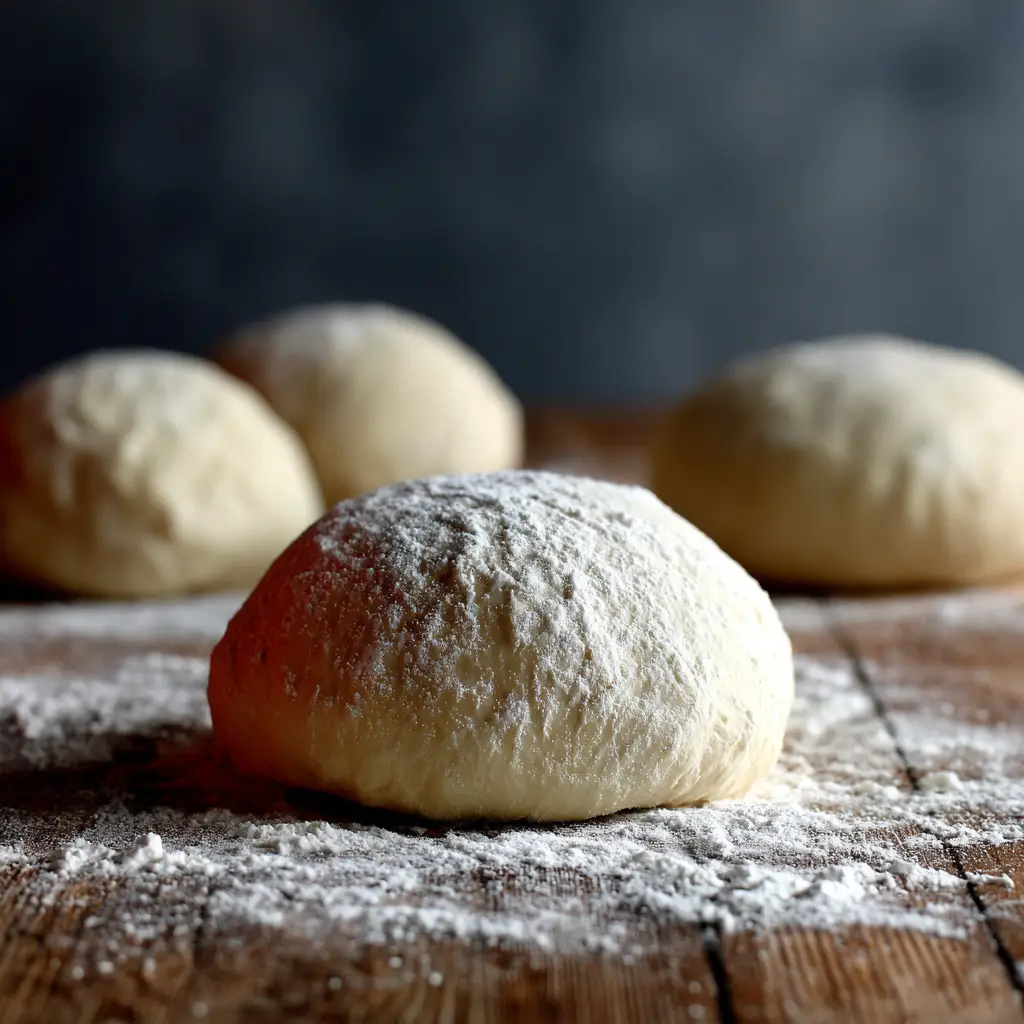
| Ingredient | Quantity | Calories |
|---|---|---|
| All-purpose flour | 3 cups | 1200 |
| Active dry yeast | 2¼ tsp (1 packet) | 20 |
| Warm water (110°F) | 1 cup | 0 |
| Olive oil | 2 tbsp | 240 |
| Sugar | 1 tsp | 15 |
| Salt | 1 tsp | 0 |
| Cornmeal (for dusting) | 1 tbsp | 30 |
Step-by-Step Cooking Instructions
- Pour warm water into a large bowl, sprinkle the active dry yeast and sugar over it, and let it sit until foamy for about ten minutes.
- Add olive oil and salt to the foamy yeast, then stir gently to combine the liquids.
- Begin adding flour one cup at a time, mixing with a wooden spoon until the dough starts to form.
- Turn the rough dough onto a lightly floured surface and knead for eight to ten minutes until smooth and elastic.
- Shape the dough into a ball and place it in a lightly oiled bowl, turning once so the surface is coated.
- Cover the bowl and let the dough rise in a warm spot until it doubles in size, about one to one and a half hours.
- Gently punch down the risen dough to release air and knead briefly to bring it together.
- Divide the dough into two portions if making two pizzas and roll or stretch each to the desired thickness.
- Transfer the shaped dough to a cornmeal dusted baking tray or pizza stone, add sauce cheese and toppings.
- Bake in a preheated oven at 475°F for twelve to fifteen minutes until the crust is golden and the cheese is bubbling, then rest one to two minutes before slicing.
Tips for Customizing the Recipe
Pizza dough can easily be tailored to suit your preferences. For a more flavorful crust, replace half a cup of water with milk or add a tablespoon of honey instead of sugar. If you prefer a crispier texture, brush the edges with olive oil before baking. For a thicker crust, let the rolled-out dough rest for an extra fifteen minutes before adding toppings.
Those who love a rustic touch can substitute a portion of the flour with whole wheat flour or bread flour for extra chewiness. Adding herbs like oregano or garlic powder directly to the dough also gives a fragrant twist. To make the dough ahead of time, let it rise once, then refrigerate it overnight. Before baking, bring it back to room temperature for about thirty minutes. It will develop a deeper flavor as it rests.
Nutritional Information
A single slice of pizza crust made from this dough contains roughly 150 to 170 calories depending on thickness and toppings. Most of the calories come from carbohydrates in the flour and fats in the olive oil. The dough is cholesterol-free and provides a good amount of energy. Active dry yeast contributes minimal calories but plays a vital role in improving digestibility and creating a light structure.
Using olive oil instead of butter keeps the dough heart-friendly and adds subtle richness. For those monitoring sodium intake, you can slightly reduce the salt without affecting the quality. The overall nutritional value makes this recipe a balanced base for both indulgent and healthy pizza toppings.
Serving Suggestions
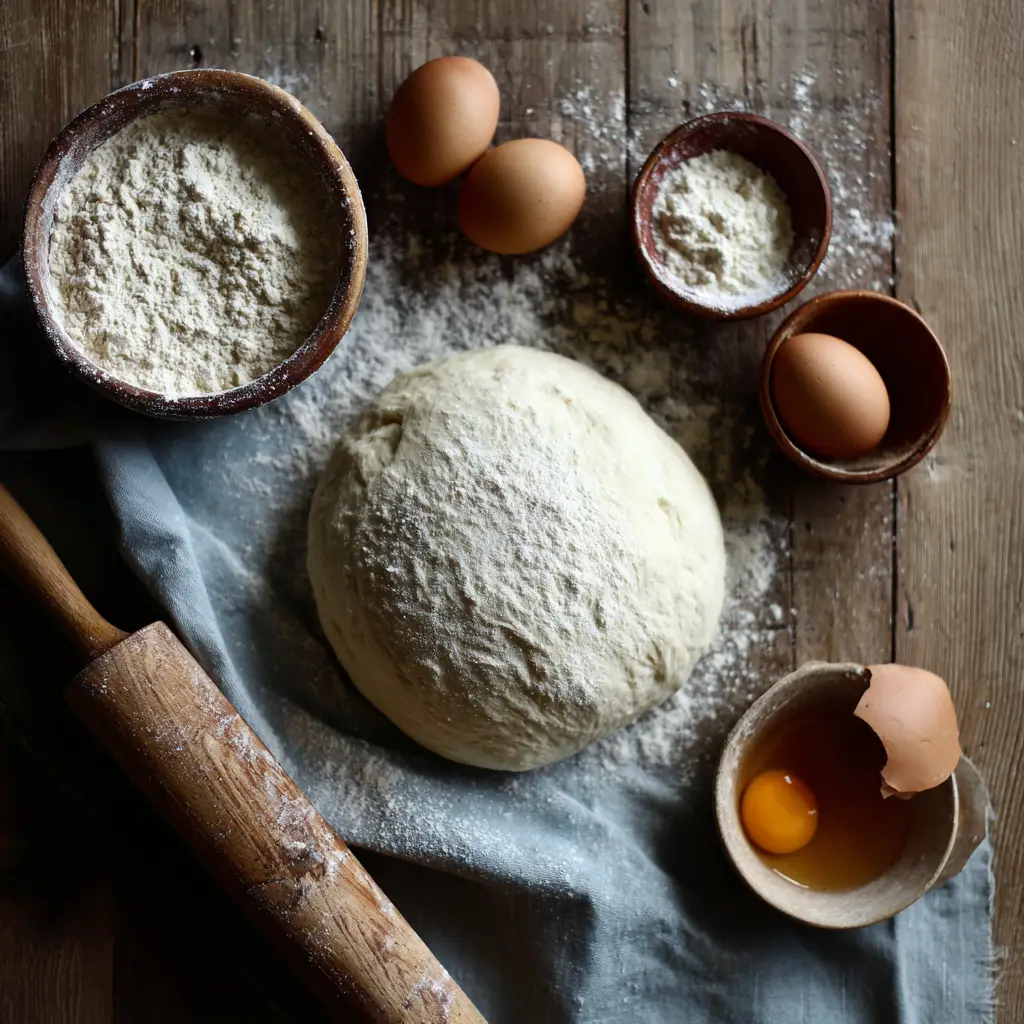
Pizza made with active dry yeast dough can be served in many creative ways. Classic toppings like mozzarella, tomato sauce, and basil never fail. However, experimenting with different combinations brings new excitement. Try roasted vegetables with feta, or go for a barbecue chicken style with caramelized onions. For a gourmet twist, brush the crust with garlic-infused oil and sprinkle grated parmesan right after baking.
This dough also works wonderfully for calzones, garlic knots, or flatbreads. You can bake smaller portions and serve them as appetizers or pair with soups and salads for a lighter meal. If you love outdoor cooking, use this same dough for grilled pizzas, which develop a smoky flavor and crispy texture. Each version turns out delicious, proving how versatile and reliable this recipe is.
Conclusion
Homemade pizza dough made with active dry yeast turns an ordinary meal into something truly special. The process is simple, but the results feel rewarding every single time. The yeast adds both flavor and character to the crust, giving that classic pizzeria texture everyone loves. Once the dough rises and bakes, it becomes soft inside with a golden crisp exterior that complements any topping beautifully. Making it from scratch connects you to the heart of cooking, where simple ingredients come together to create joy and comfort. Sharing a pizza made with your own dough brings warmth to the table and memories that last far beyond the last slice.

